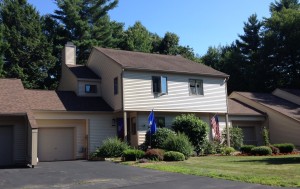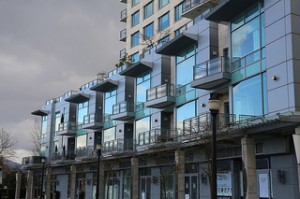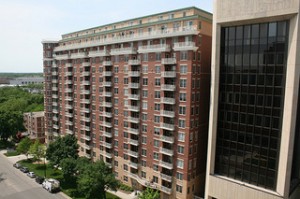 A Right of First Refusal is fairly common language in the legal governing documents of condominiums. Often, we are asked by Board members and property managers if this deed restriction is allowed by FHA. For the most part, it is.
A Right of First Refusal is fairly common language in the legal governing documents of condominiums. Often, we are asked by Board members and property managers if this deed restriction is allowed by FHA. For the most part, it is.
The Right of First Refusal mandates that upon entering into a bona fide contract for purchase, the unit owner would have to notify the association through the Board of Directors of the contract. The Board, on behalf of the association, would have the right to purchase the unit under the same price, terms and conditions contained in the purchase agreement.
This is not to the detriment of the seller because the association would have to purchase the unit on the same terms and price of the original contract to the third-party buyer. Because of this, FHA does not take issue with a Right of First Refusal.
Because this is a deed restriction, FHA makes its determination based upon 24CFR203.41. If the language of the ROFR complies with this, then it will be acceptable to FHA.
The language has to be very clear as to what the Board is allowed to do under this clause. It is acceptable if the Board ONLY has the right to deny the purchase to the third-party buyer in order for the association to purchase that unit.
However, if the Board, has the power to accept or reject purchase contracts for any other reason, this is not acceptable to FHA. FHA does not allow for a Board to have the power to approve or reject purchases or buyers. This violates “free assumability” as stated in 24CFR203.41.
In our travels, roughly 1 in 4 condominiums have this deed restriction and, to date, none of them have been denied an FHA condominium approval because of it.







 A recent inquiry that I received was regarding the impact of Affordable Rental Units on an FHA Condo Approval. The real estate agent that contacted me was troubled because her buyer’s loan was denied by the lender because there are Affordable Rental Units in the condominium project.
A recent inquiry that I received was regarding the impact of Affordable Rental Units on an FHA Condo Approval. The real estate agent that contacted me was troubled because her buyer’s loan was denied by the lender because there are Affordable Rental Units in the condominium project.
 Saturday, a developer contacted me regarding an FHA condominium approval for his mixed use condominium building. It is a 3-story building with 20 residential units on the top two floors. The first floor is commercial space.
Saturday, a developer contacted me regarding an FHA condominium approval for his mixed use condominium building. It is a 3-story building with 20 residential units on the top two floors. The first floor is commercial space. A cover letter requesting consideration for an exception. The letter must include good cause reasons for requesting the exception, description of the usage of the floor area in the project by building and floor area and the percentage of non-residential space.
A cover letter requesting consideration for an exception. The letter must include good cause reasons for requesting the exception, description of the usage of the floor area in the project by building and floor area and the percentage of non-residential space.